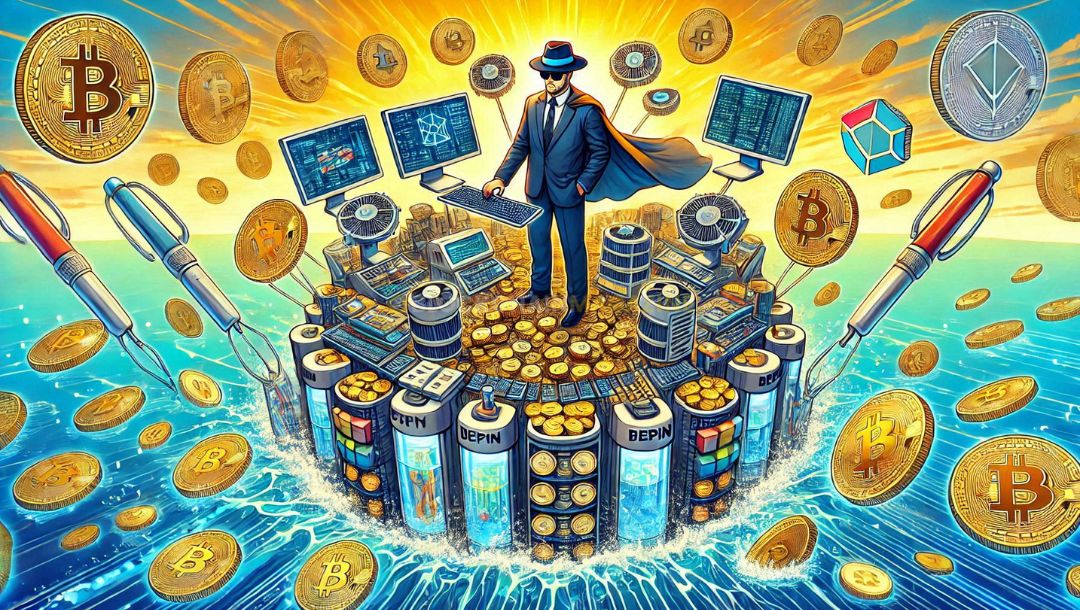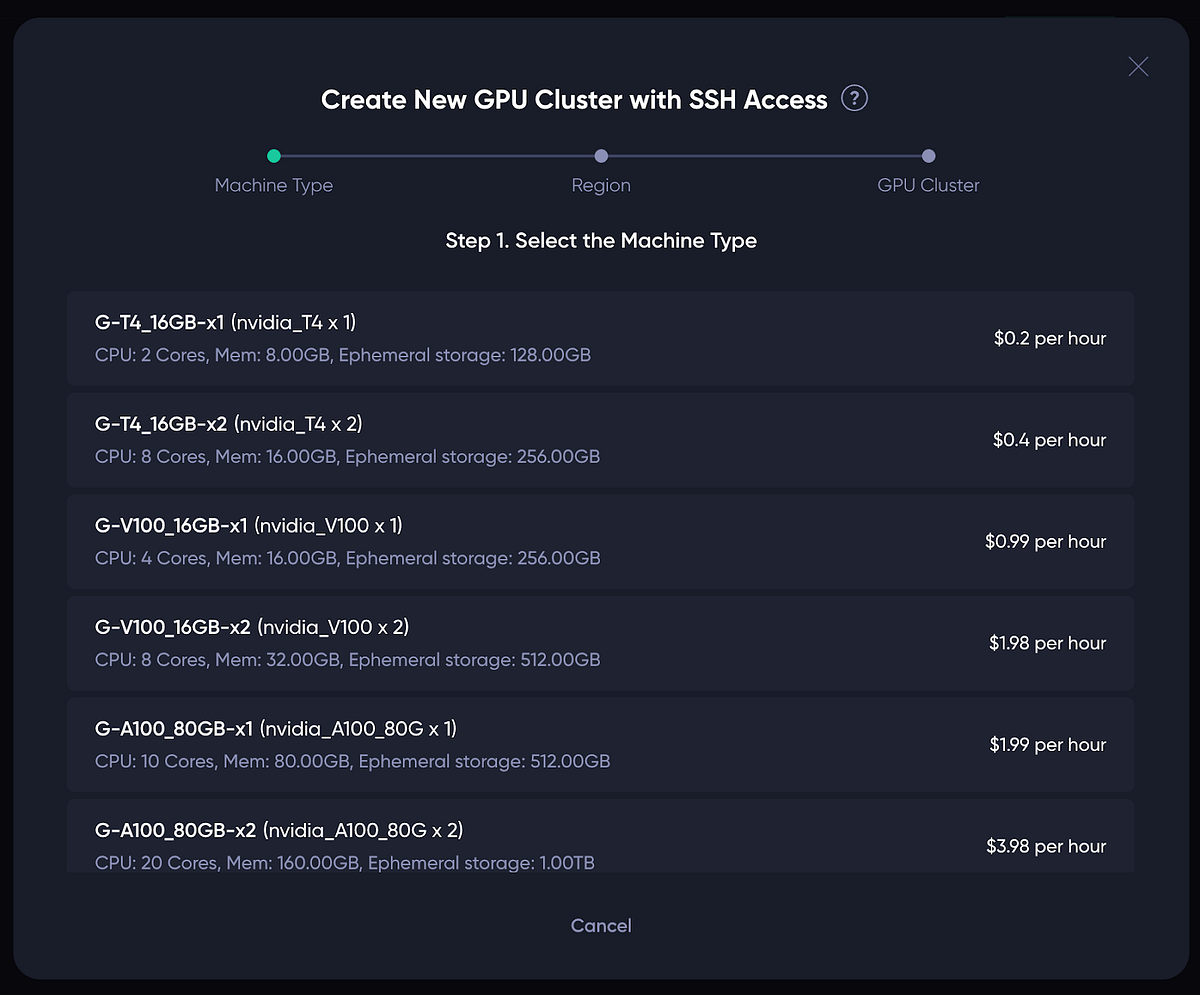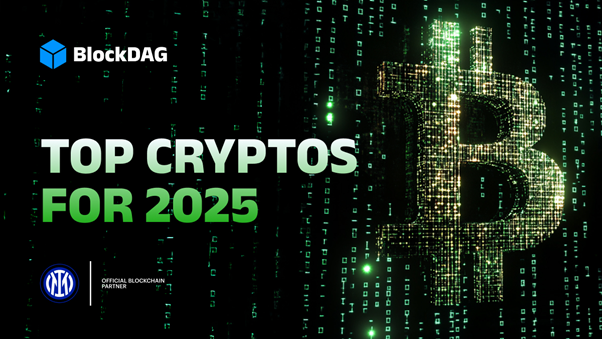Revolutionizing Infrastructure: The Rise of DePin Crypto

Decentralized Physical Infrastructure Networks (DePin) are revolutionizing the way we think about real-world infrastructure by leveraging blockchain technology. This innovative approach aims to redistribute power from centralized corporations back to the community, making systems like storage and streaming more accessible and equitable. With a surge in interest, several DePin coins are emerging as key players in this space, offering unique solutions and investment opportunities. Notable projects include Chirp, Render, BitTorrent, Filecoin, Theta Network, MultiversX, and Ocean Protocol, each contributing to the decentralization movement in distinct ways.
Chirp stands out as a decentralized telecommunications network built on the Sui blockchain, focusing on IoT connectivity. By allowing users to operate their devices and earn CHIRP tokens, it incentivizes participation and fosters a more interconnected digital landscape. Render Network, on the other hand, connects creators with GPU providers, democratizing access to rendering services. Its recent transition from Ethereum to Solana has enhanced transaction speeds, making it a favorite among creatives. Meanwhile, BitTorrent has evolved into a decentralized file-sharing platform, rewarding users with BTT tokens for sharing files, showcasing the potential of community-driven content distribution.
Filecoin operates like an Airbnb for data storage, enabling users to rent out digital storage space while ensuring data security through blockchain verification. Theta Network is redefining video streaming by allowing users to share bandwidth, enhancing content delivery while rewarding participation with TFUEL tokens. MultiversX offers a scalable blockchain infrastructure, facilitating efficient transactions for various applications, while Ocean Protocol focuses on decentralized data exchange, supporting AI and machine learning through tokenized datasets. As DePin continues to grow, these projects exemplify the shift towards a more decentralized and user-centric digital economy.
Related News





